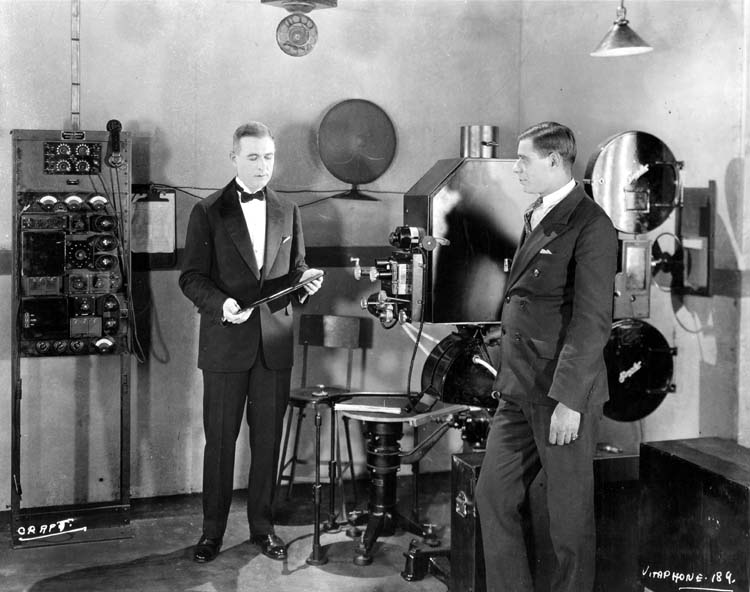|
Angel Puss
''Angel Puss'' is a 1944 Warner Bros. ''Looney Tunes'' cartoon directed by Chuck Jones. The short was released on June 3, 1944. The protagonist is a " Li'l Sambo" type blackface character who exhibited common racial stereotypes in speech, intelligence and fear of the supernatural. The African-American weekly newspaper '' The Pittsburgh Courier'' objected strongly to the cartoon, especially because it was run in Los Angeles alongside the '' March of Time'' short ''Americans All'', on the theme of fighting prejudice and stereotypes. The film press did not acknowledge these concerns. The short is one of the " Censored Eleven", a group of Warner Bros. animated shorts that are withheld from circulation due to their dated racist stereotyping and portrayals. This is also the only ''Looney Tunes'' short in the Censored Eleven, as the other shorts are ''Merrie Melodies''. Plot A young African-American boy (drawn in blackface style) carries a sack to a river and laments that he has agre ... [...More Info...] [...Related Items...] OR: [Wikipedia] [Google] [Baidu] |
Chuck Jones
Charles Martin Jones (September 21, 1912 – February 22, 2002) was an American animator, painter, voice actor and filmmaker, best known for his work with Warner Bros. Cartoons on the ''Looney Tunes'' and ''Merrie Melodies'' series of shorts. He wrote, produced, and/or directed many classic animated cartoon shorts starring Bugs Bunny, Daffy Duck, Wile E. Coyote and the Road Runner, Pepé Le Pew, Marvin the Martian, and Porky Pig, among others. Jones started his career in 1933 alongside Tex Avery, Friz Freleng, Bob Clampett, and Robert McKimson at the Leon Schlesinger Production's Termite Terrace studio, the studio that made Warner Brothers cartoons, where they created and developed the Looney Tunes characters. During the Second World War, Jones directed many of the ''Private Snafu'' (1943–1946) shorts which were shown to members of the United States military. After his career at Warner Bros. ended in 1962, Jones started MGM Animation/Visual Arts, Sib Tower 12 Productions and be ... [...More Info...] [...Related Items...] OR: [Wikipedia] [Google] [Baidu] |
Conscience
A conscience is a Cognition, cognitive process that elicits emotion and rational associations based on an individual's ethics, moral philosophy or value system. Conscience is not an elicited emotion or thought produced by associations based on immediate sensory perceptions and reflexive responses, as in sympathetic central nervous system responses. In common terms, conscience is often described as leading to feelings of remorse when a person commits an act that conflicts with their moral values. The extent to which conscience informs moral judgment before an action and whether such moral judgments are or should be based on reason has occasioned debate through much of modern history between theories of basics in ethic of human life in juxtaposition to the theories of romanticism and other reactionary movements after the end of the Middle Ages. Religious views of conscience usually see it as linked to a morality inherent in all humans, to a beneficent universe and/or to divinity. T ... [...More Info...] [...Related Items...] OR: [Wikipedia] [Google] [Baidu] |
Vitaphone Short Films
Vitaphone was a sound film system used for feature films and nearly 1,000 short subjects made by Warner Bros. and its sister studio First National from 1926 to 1931. Vitaphone is the last major analog sound-on-disc system and the only one that was widely used and commercially successful. The soundtrack is not printed on the film, but issued separately on phonograph records. The discs, recorded at rpm (a speed first used for this system) and typically in diameter, are played on a turntable physically coupled to the projector motor while the film is projected. Its frequency response is 4300 Hz. Many early talkies, such as '' The Jazz Singer'' (1927), used the Vitaphone system. The name "Vitaphone" derived from the Latin and Greek words, respectively, for "living" and "sound". The "Vitaphone" trademark was later associated with cartoons and other short subjects that had optical soundtracks and did not use discs. Early history In the early 1920s, Western Elect ... [...More Info...] [...Related Items...] OR: [Wikipedia] [Google] [Baidu] |
History Of Racism In The Cinema Of The United States
History is the systematic study of the past, focusing primarily on the human past. As an academic discipline, it analyses and interprets evidence to construct narratives about what happened and explain why it happened. Some theorists categorize history as a social science, while others see it as part of the humanities or consider it a hybrid discipline. Similar debates surround the purpose of history—for example, whether its main aim is theoretical, to uncover the truth, or practical, to learn lessons from the past. In a more general sense, the term ''history'' refers not to an academic field but to the past itself, times in the past, or to individual texts about the past. Historical research relies on primary and secondary sources to reconstruct past events and validate interpretations. Source criticism is used to evaluate these sources, assessing their authenticity, content, and reliability. Historians strive to integrate the perspectives of several sources to develop a ... [...More Info...] [...Related Items...] OR: [Wikipedia] [Google] [Baidu] |


